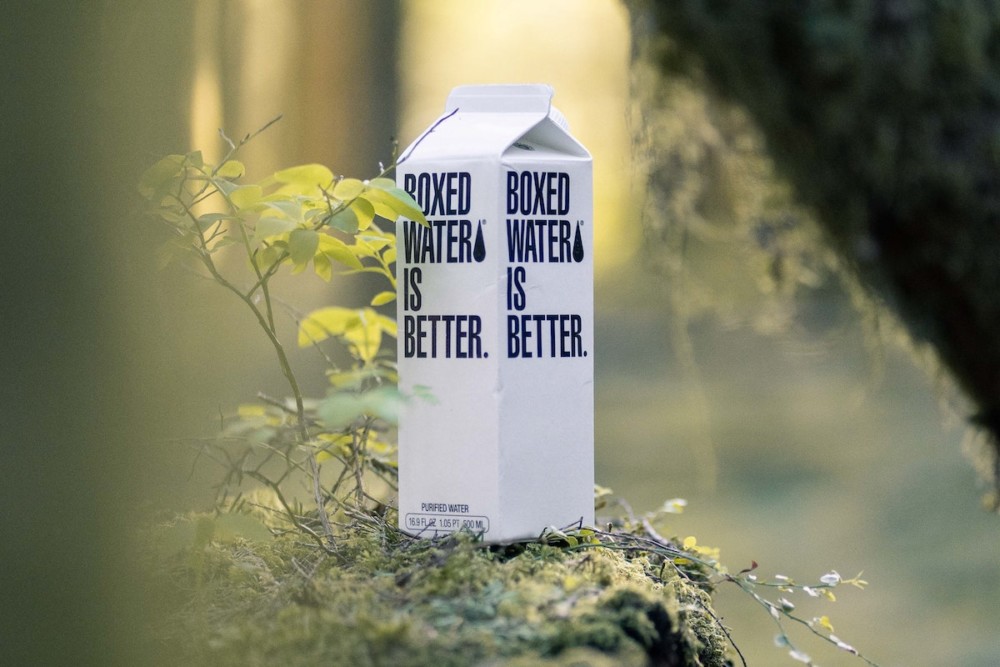
Eco-Explainer: What is Greenwashing?
It seems everything is “green” these days: green cars, green cleaning supplies, and even green eating.
That leads us to an important distinction: Are things businesses actually green or are they greenwashed?
More ubiquitous than eco-friendly businesses is the phenomenon of “greenwashing.” Greenwashing is everywhere these days – in our grocery stores, in clothing brands, in car companies. There are even greenwashing lawsuits! What is it?
Greenwashing is defined as “behavior or activities that make people believe that a company is doing more to protect the environment than it really is.”
Jay Westerveld coined the term in 1986. In layman’s terms, greenwashing is when a company uses “green” branding for a product or service that isn’t actually eco-friendly. You’ve probably seen this before, even if you didn’t know the name for it. For example, recently ExxonMobil went viral for a tweet where they said they were working towards “[mitigating] the risks of climate change.” It should be noted here that ExxonMobil has known about climate change for decades and basically started climate denial.
What does Greenwashing look like?
There are examples all around us. For example, Clothing companies will have “eco-friendly lines.” H&M’s Conscious Collection claims to be sustainable but doesn’t have any evidence to back up those claims. And let’s not even get started on the oxymoron of an environmentally friendly fast-fashion company.
Greenwashing can also come in the form of products that seem eco-friendly in theory, but the math doesn’t actually add up. Take, for example, those compostable plastic cups that you’ve probably seen in our city, which are compostable but ONLY if they are processed in an industrial composting facility – which don’t exist in Pennsylvania. Without those centers, it doesn’t matter that the cups are “compostable” because they’ll end up in a landfill regardless.
Another example is boxed water – long story short, boxed water is not sustainable.
Why do companies do it?
While ExxonMobil is clearly a climate change wolf in sheep’s clothing, many companies are guilty of using the illusion of sustainability. As more consumers are interested in doing the right thing, it’s more profitable for a company to market themselves as eco-friendly rather than actually make purposeful changes.
It’s not just a strategy to retain customers, it’s one to charge a higher pricetag. A report found that “37% of consumers are seeking out and willing to pay up to 5% more for environmentally friendly products.”
Greenwashing is a useful term for identifying and calling out companies that scam customers.
We’ve even seen examples of Greenwashing in our own city, like in 2016 when Philadelphia’s Streets Department promoted the idea that garbage disposals were a sustainable waste management system.
How to spot greenwashing
Greenwashing can manifest in different ways – it can be green packaging with pictures of leaves on it, like on Bic’s “ecolutions” razor. The packaging can subtle, i.e. wrapped in brown paper, and gives off an “earthy” vibe.
It can also be the marketing of an entire brand. Everlane, a clothing brand that brands as “More Sustainable Every Day“, yet failed to be eco-friendly from material types to transparency, according to Eco-Stylist.
The moral of the story is: don’t be fooled by the businesses that are feigning sustainability! Learn how to spot greenwashing. Start by reviewing guides like the Seven Sins of Greenwashing.
Photo by Boxed Water Is Better on Unsplash.









